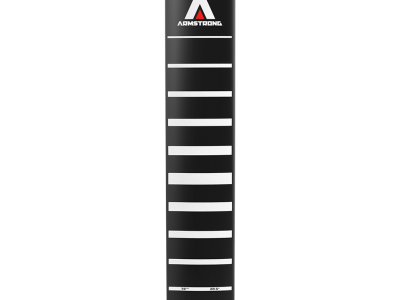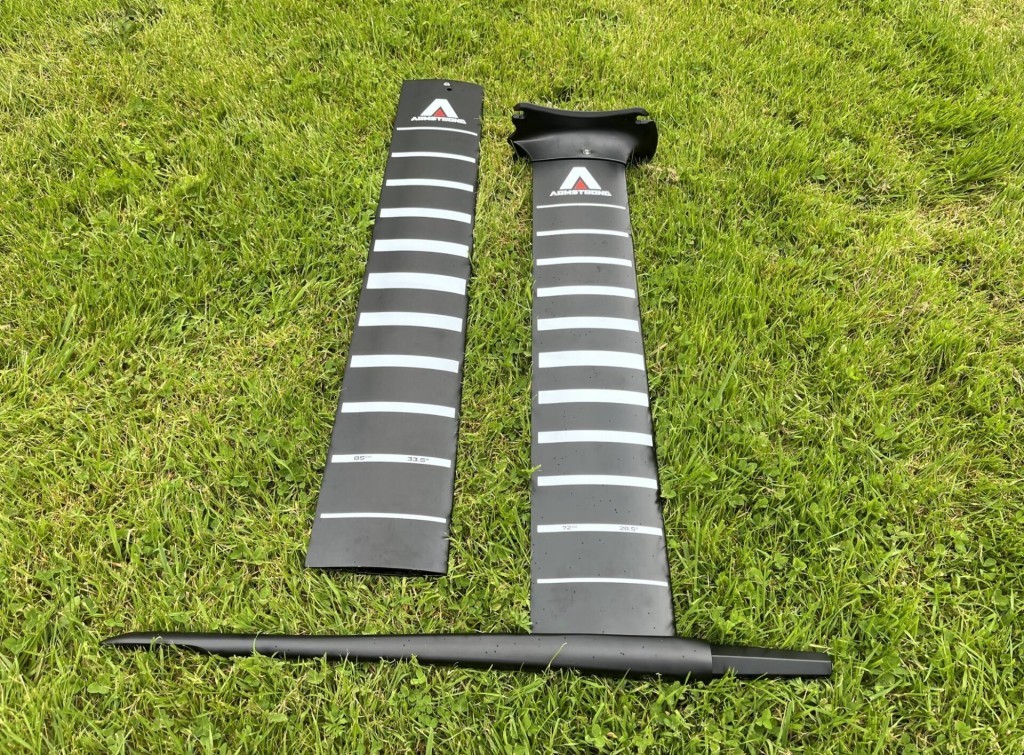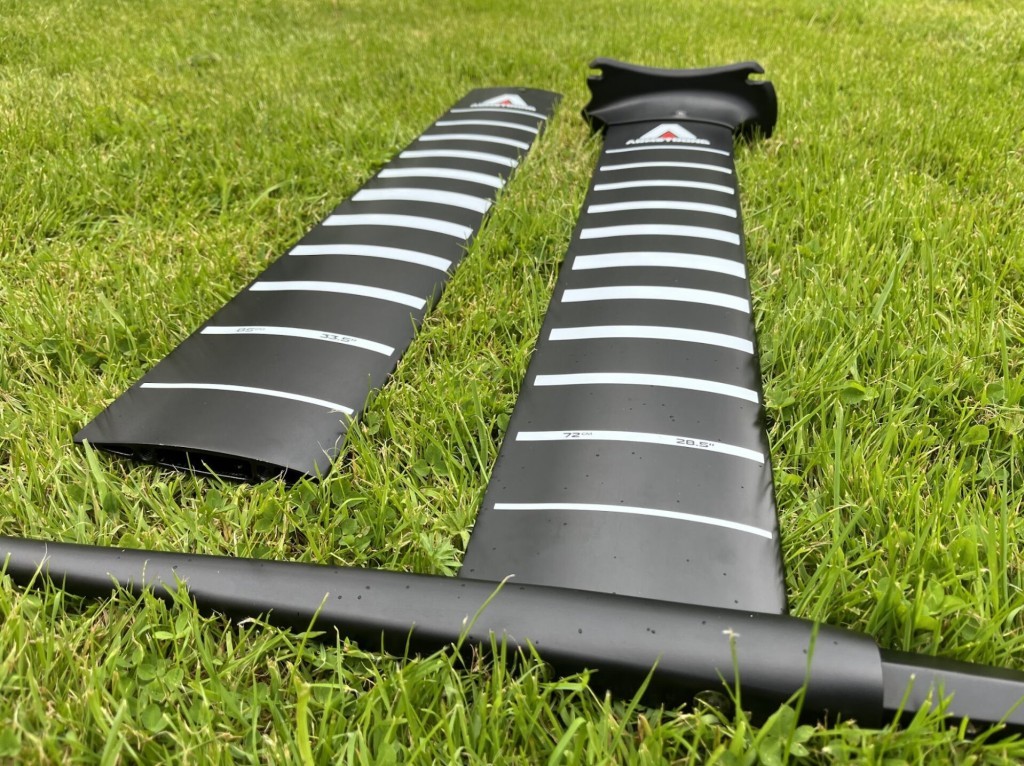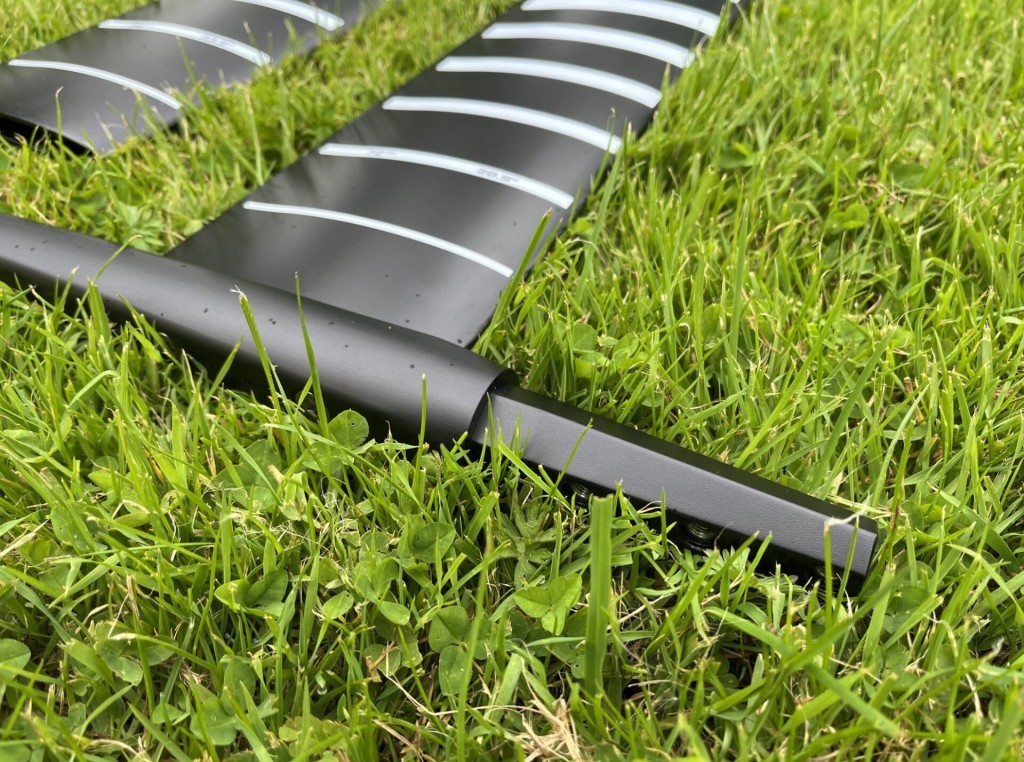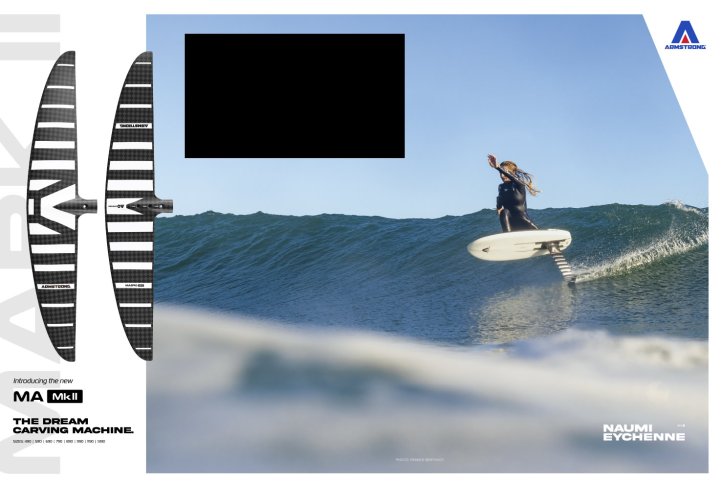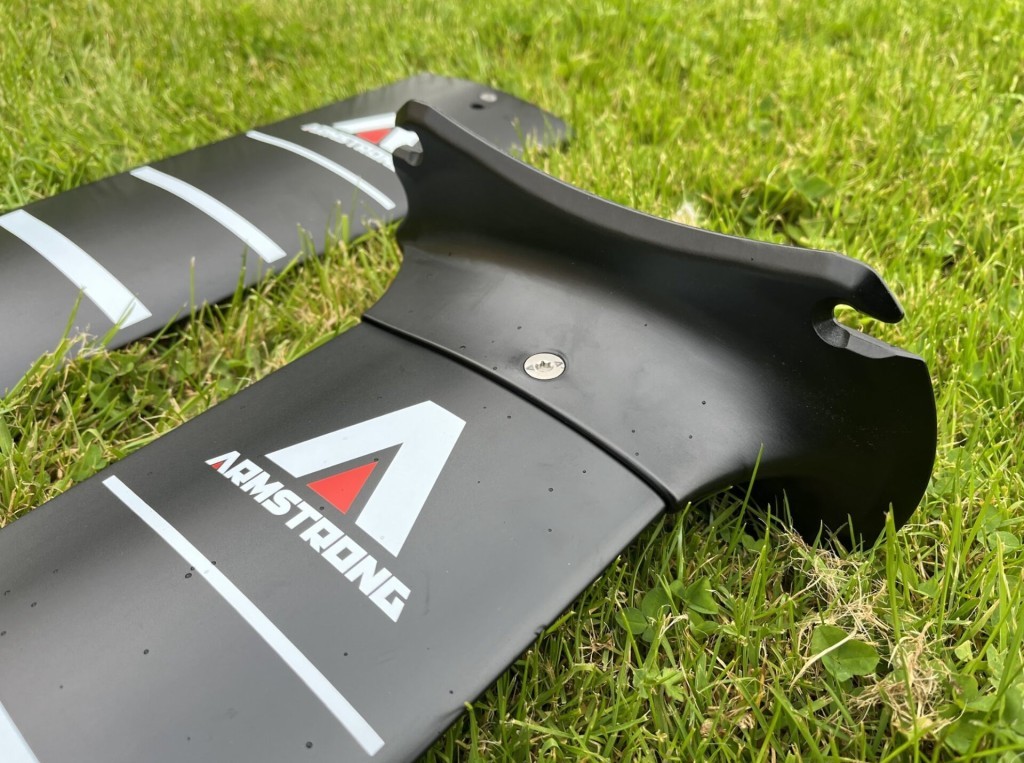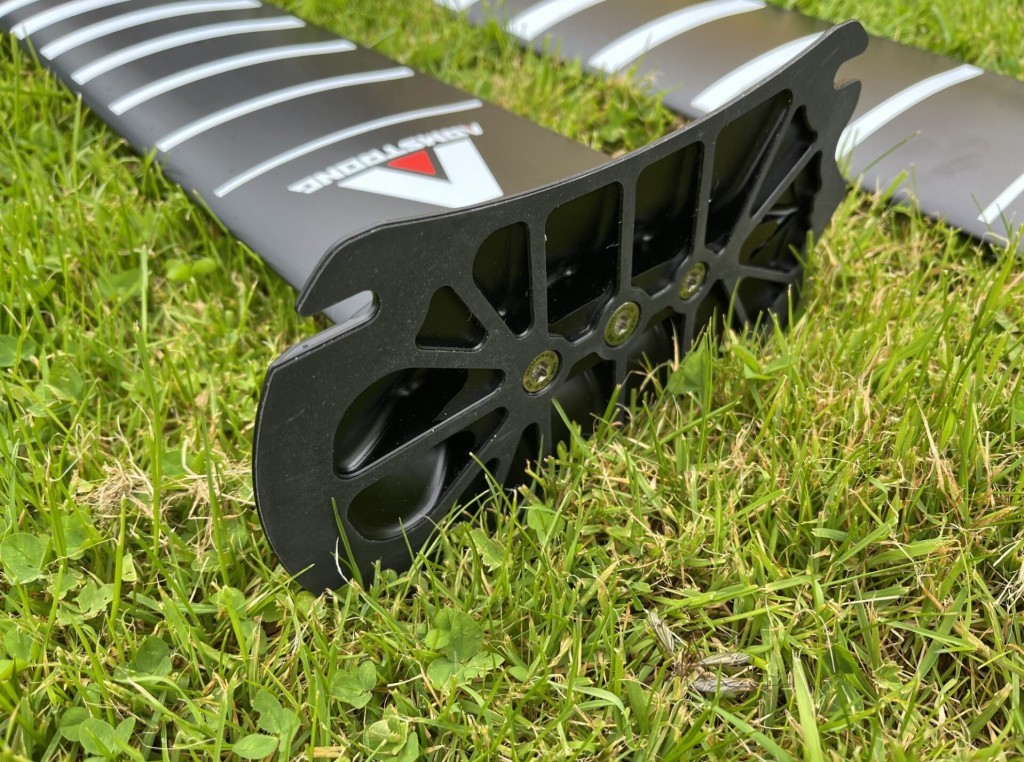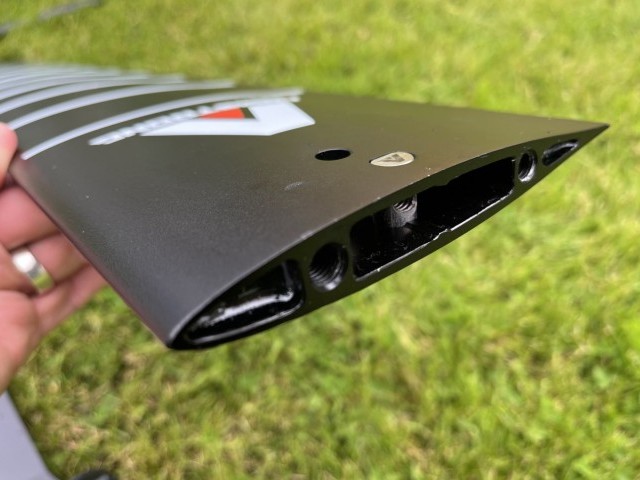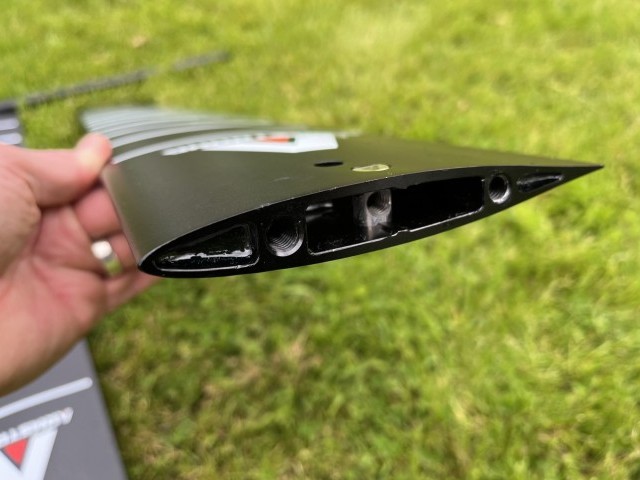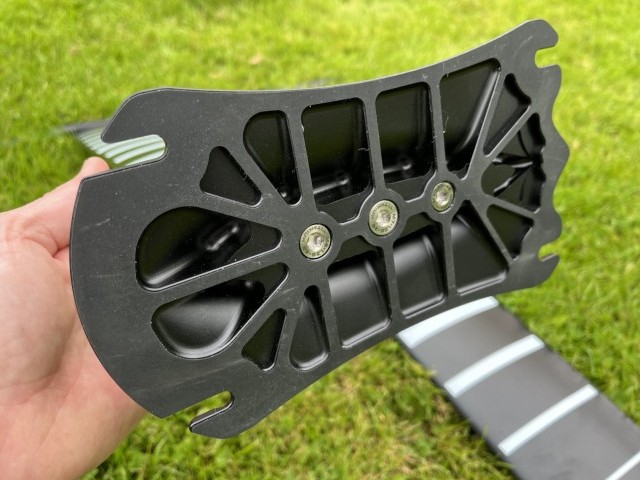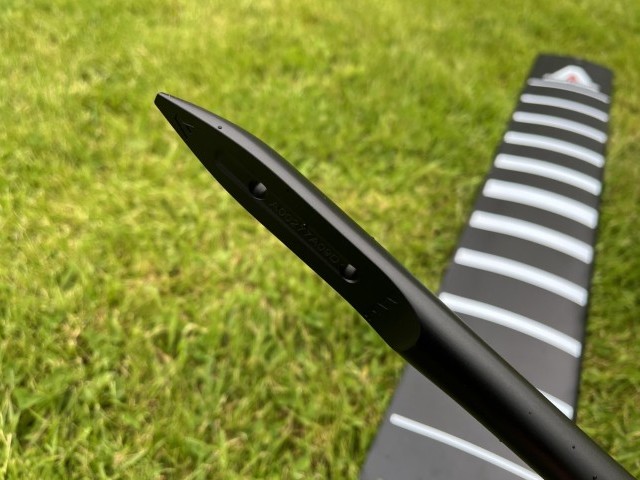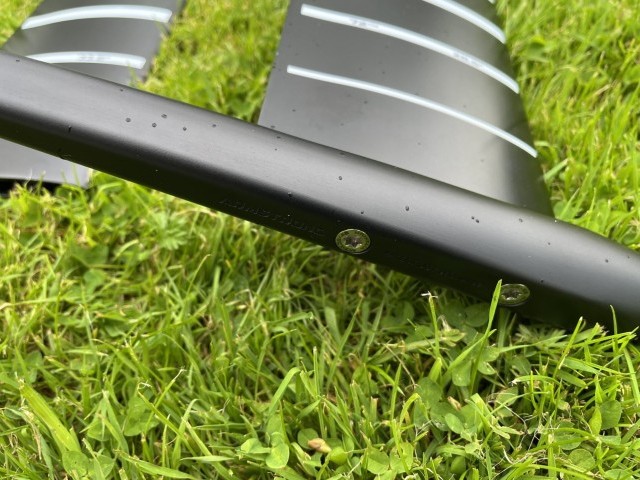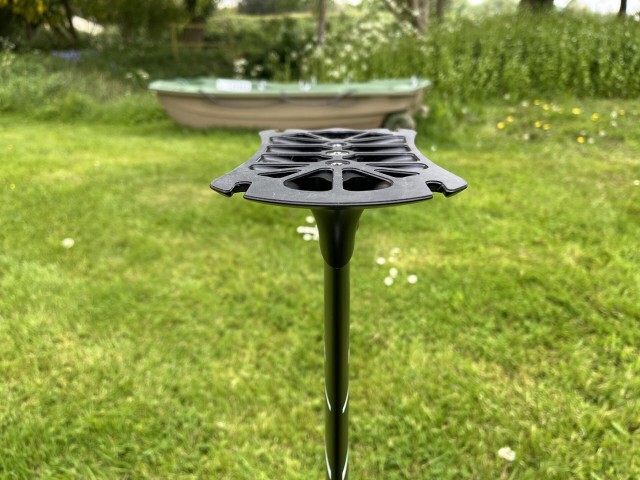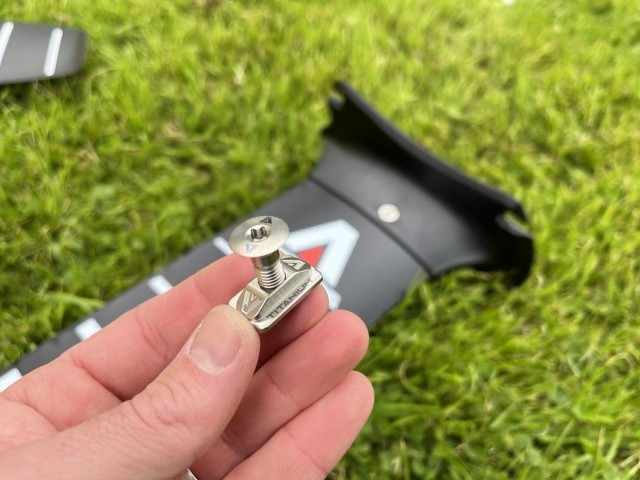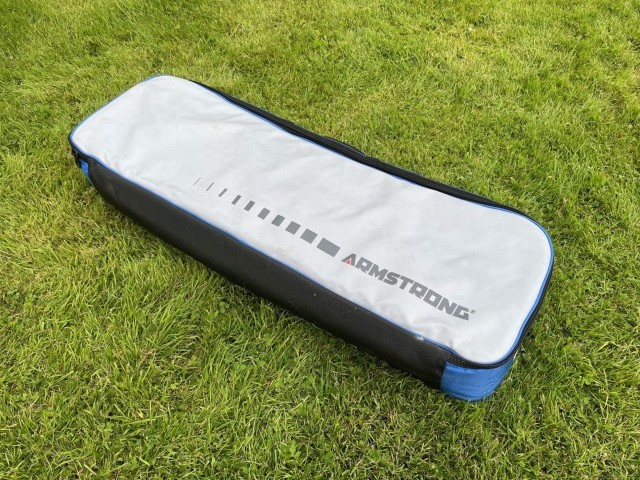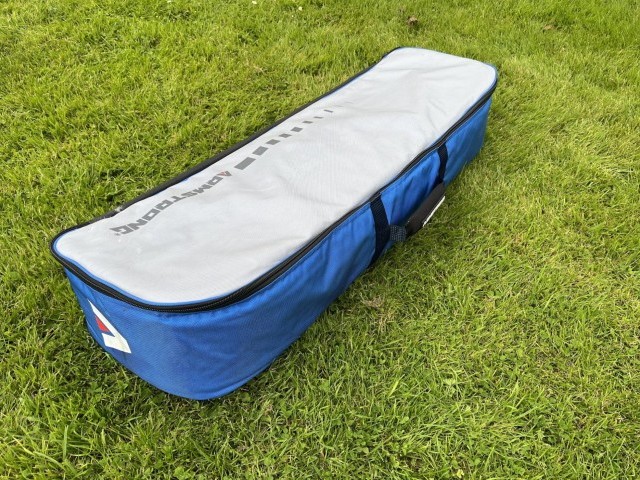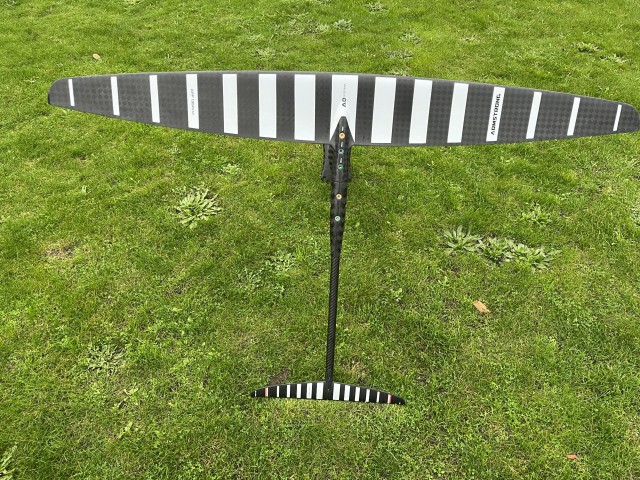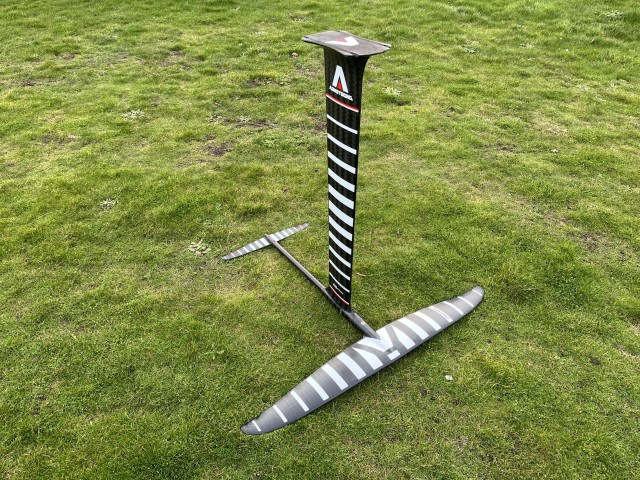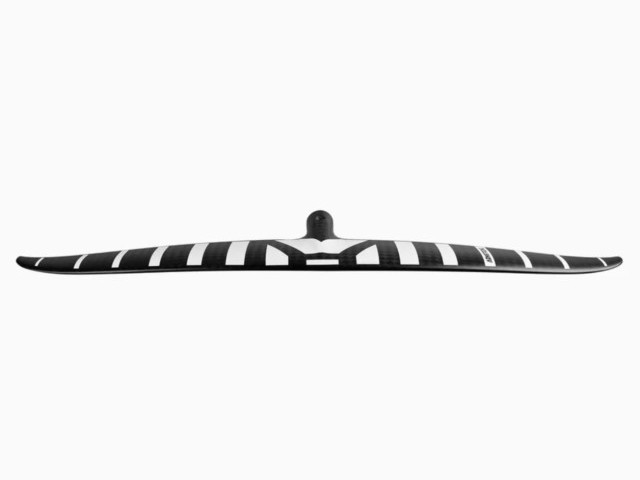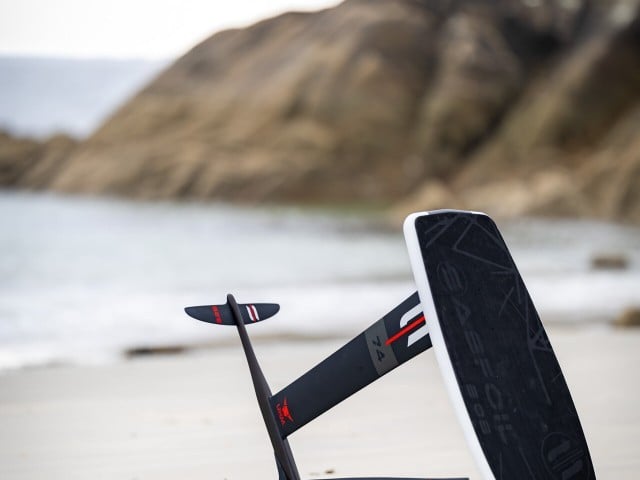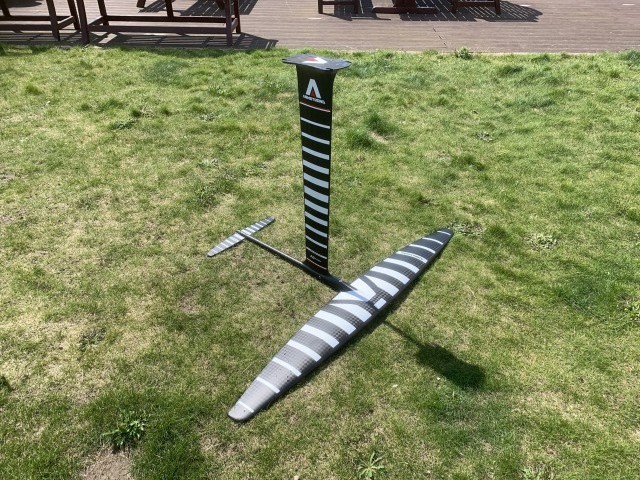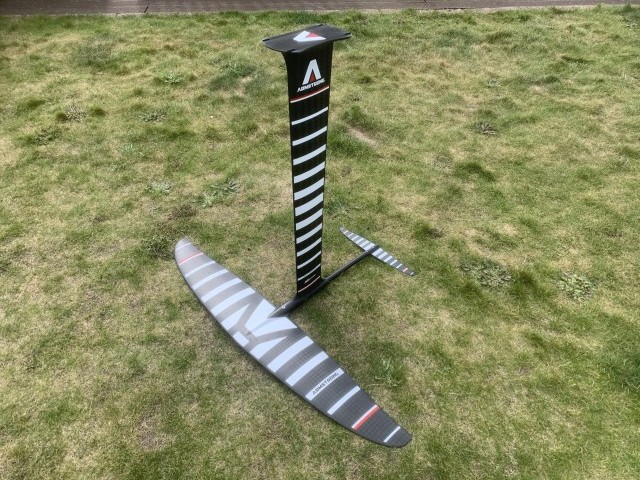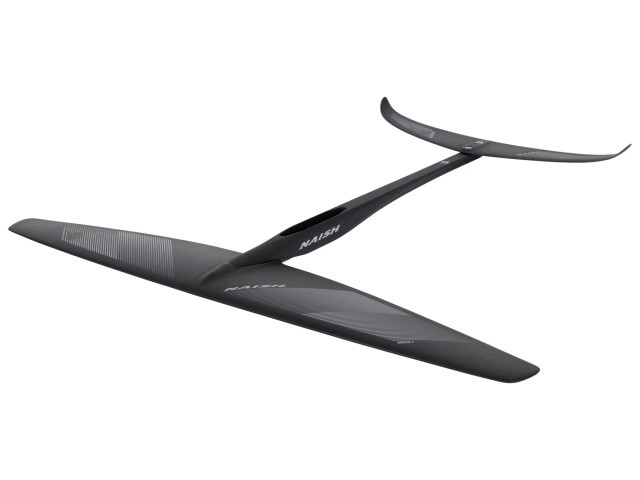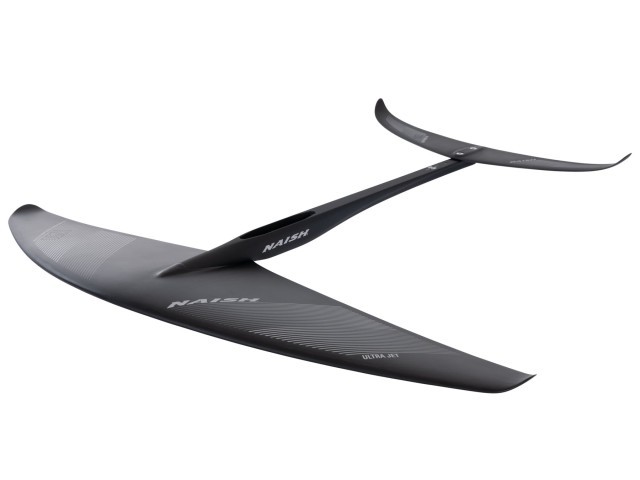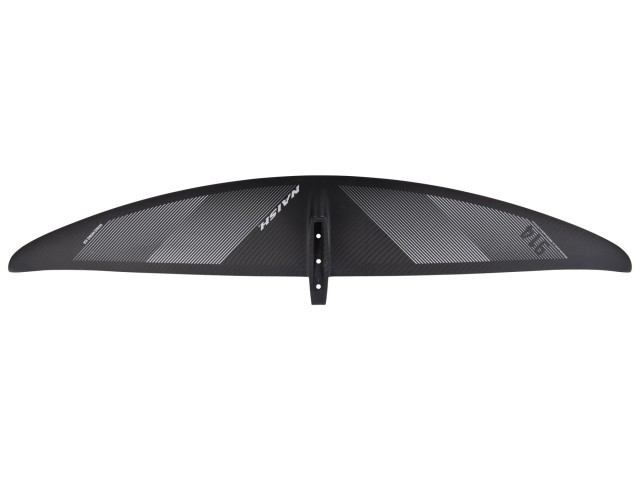At A Glance
This is a welcome addition from Armstrong. While all of their equipment is brilliant, it has always come with a reasonably hefty price tag. It's worth paying if you ask me, but it's a barrier to entry. Introducing the Armstrong Alloy Foil Mast—an affordable, high-quality alternative to their carbon range that allows you to access their entire foil range!
It’s important to point out here that Armstrong is not selling this as ‘only’ an entry-level mast; they are specifically marketing it as an affordable yet still high-performing piece of equipment. I’ll be putting that to the test later on.
Armstrong has left no stone unturned in the design and build of the Alloy Foil Mast, searching for the right balance of efficiency and strength. The mast has been crafted from aerospace-grade aluminium alloys. Its hexagonal fuselage shape provides strength and stiffness and allows for the same compatibility and easy swapping of front and rear wings.
The mast has been built with aircraft-grade 6061 and 7075 alloys at its core. This has then been paired with premium titanium and surgical stainless hardware. This means that not only will it be light and corrosion-resistant, but it will also likely stand the test of time over other aluminium masts on the market.
Available in three lengths—85cm, 72cm, and 58cm—the Alloy Mast caters to a variety of preferences and riding conditions. A complete 72cm mast weighs just 2.9kg, so they’ve done well to save weight where possible.
Getting the foil out of the box was a satisfying experience. Armstrong has maintained that high-quality feel in this aluminium product. The pictured mast top and bottom bracket connected seamlessly with the mast. It all went together so well and felt solid as a rock once it was put together. There was undoubtedly no wobbling or shaking from this setup.
As is standard with Armstrong, the mast came in their signature protective covers, ideal for protecting from unwanted scrapes and scratches.
On The Water
My first thought when this setup arrived was to hit the dock and start with it. One of the best ways to test a mast is to put a big foil on it and get pumping. Dock starts to require acceleration from a low speed, various cadences, recovery from slapping the water with your board, and inevitably turns, too.
By using a large foil with a wide wing span, I was able to test the mast. I went with the MA1750 and CF300v2, which matched the new Alloy Foil Mast 72cm and 65cm fuse.
To give some context, I have often used this foil setup with the 795 Performance Mast (carbon) from Armstrong. So, I’m very comfortable with how the foil feels through the water, how it pumps, and where its limits are.
You’ll be pleased to know that on my first attempt at jumping off my ladder onto the board, I made a clean takeoff, and it felt good! I could pump efficiently, connect the small waves coming into shore and have a blast. If I was close to stalling, I could increase cadence and get away with it, pumping back up high onto foil. I was also turning and moving between bumps comfortably. I had an excellent session.
Now, why did I choose pump foiling for this test? Using a tiny board helps you feel everything going on under the water. I could feel the small amount of added weight to my pump efficiency; I could also feel a little bit of flex that I can’t feel in the PM mast. It probably only affected my performance and efficiency by about 5%, but it was there. However, once I got used to it and was a bit stronger & more decisive with my foot positioning, I soon forgot all about it.
The following week, once the wind set in, I took the mast out for a wing session, this time on the 85cm. Winging is that, the majority of the time, it is much less technical than pump foiling or prone foiling. If you’re cruising around freeriding, gybing, or riding waves, this mast will provide all the stiffness and efficiency you need. I had several epic wing sessions on it and barely noticed a difference at all between this and the carbon mast.
Overall
If you’ve always wanted to get onto Armstrong but have found the price barrier to entry too high, this mast is a no-brainer. The price difference is massive, making the overall price of your setup considerably cheaper.
As I’ve discussed above, the alloy mast isn’t a perfect match to the carbon masts, but it is surprisingly close. Armstrong has also maintained its exceptional build quality and attention to detail. If you want to ride foils like the HA880 or MA1000, you won’t regret getting an Armstrong Alloy Mast. It allows you to do it without breaking the bank!
Videos
This review was in Issue 20 of Tonic Mag.
For more information visit Armstrong FoilsRelated
By Jack Galloway


